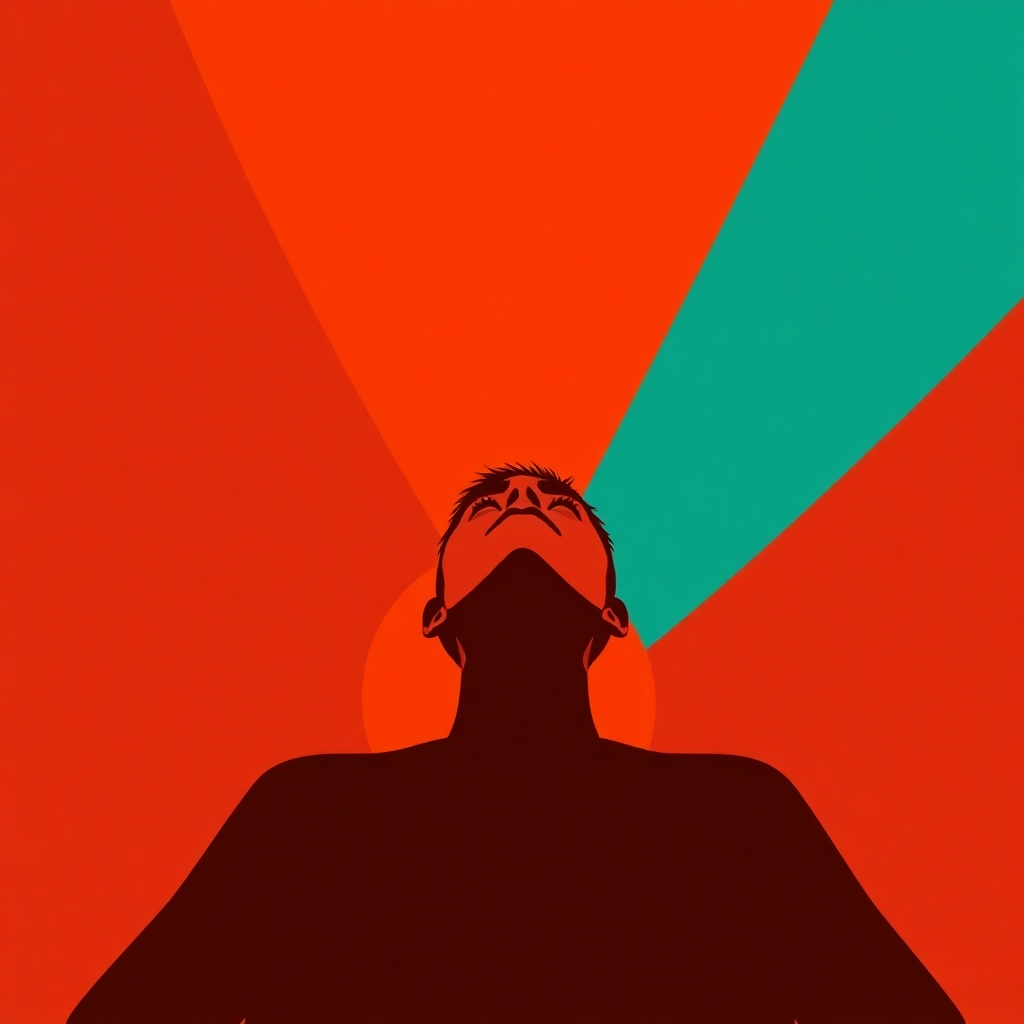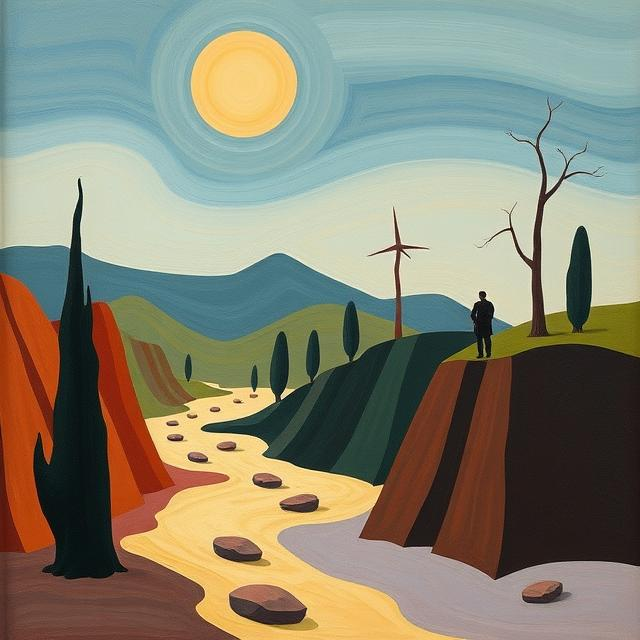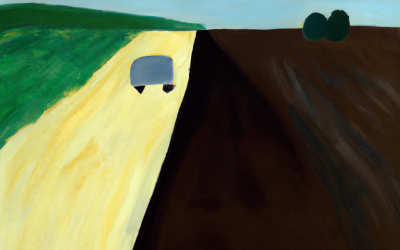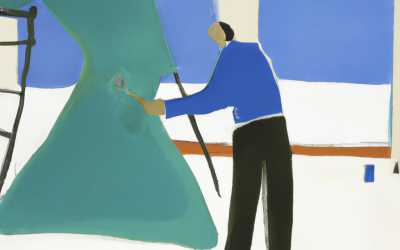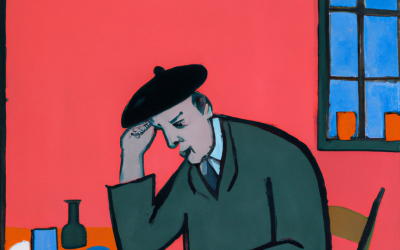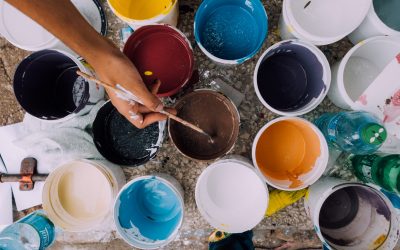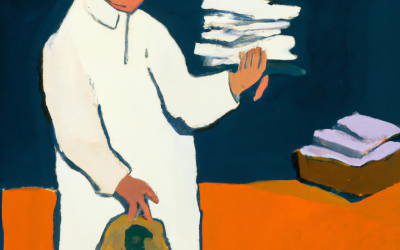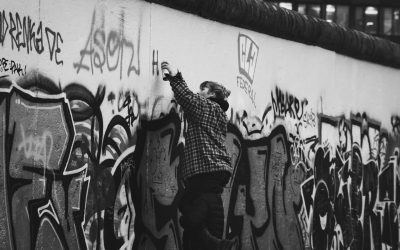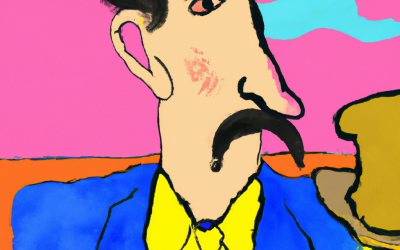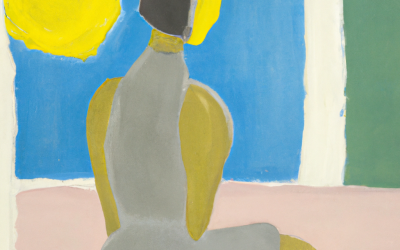Understanding Flow and Creativity
Ever felt so absorbed in an activity that time flies and everything else seems to vanish? Congratulations, you’ve likely experienced what psychologist Mihaly Csikszentmihalyi calls “being in the flow.” This magical state of peak performance is where your skills align perfectly with the challenge at hand, leading to unparalleled focus and happiness. The bonus? It’s a direct pathway to creativity, helping you unlock your potential and produce incredible work. In fact, Csikszentmihalyi explores this dynamic in depth in his studies on flow in creativity and *the psychology of discovery and invention*.
But the million-dollar question remains—what is the fastest way to flow, and how can you summon it on demand?
According to Csikszentmihalyi, flow is more than a subjective feeling; it’s a precise mental state marked by crystal-clear goals, instant feedback, balanced challenges and skills, and a seamless fusion of action and awareness.
In this state, you become deeply immersed, often losing track of time and self-consciousness, while feeling internally rewarded. The activity itself becomes your primary motivator—no external accolades needed.
Understanding flow is your first step to creating it. By harnessing its principles, you can deliberately build the conditions for achieving flow daily, gaining not just creativity but also greater joy and purpose in your life. When your creative juices flow, you’ll unlock new levels of innovation and intuition, diving headfirst into what Csikszentmihalyi refers to as *the psychology of discovery* during a true creative process. Remember, the flow is not merely a destination—it’s about the process…about navigating the delicate interplay of action, intuition, and focus.
Cultivating the Right Environment for Flow
Designing Your Creative Space
If you want to enter the elusive flow state, creating an environment that fosters focus and creativity is absolutely essential. Your creative space should not only feel inspiring but also be tailored to your specific needs and preferences. That starts with something simple yet powerful: organization. A well-organized, clutter-free workspace can work wonders in reducing mental distractions.
Gather all the assets and tools you’ll need before diving into your task, so you won’t have to halt the spark of inspiration to hunt for a misplaced notebook or charger. Next, take a good look at the physical comfort of your space. Is your chair comfortable enough for long hours? Does the lighting brighten your ideas instead of fatiguing your eyes? Small tweaks—like adjusting the room’s temperature or adding a vibrant green plant—can have a surprisingly significant impact on your ability to concentrate and stay engaged.
Minimizing Distractions
Distractions are like little villains plotting to pull you away from your work. Luckily, with a bit of strategy, you can fight back and reclaim your focus. Step one: Identify your personal culprits. Is it the constant ping of email notifications? The irresistible lure of social media? Or even those snack cravings that suddenly seem urgent mid-task? Once you’ve identified your main distractions, take proactive steps to minimize them. For example, close down those extra browser tabs (you know the ones), switch your phone to silent mode, and consider using website blockers like SelfControl to keep procrastination at bay.
Timing can also play a huge role here. Try scheduling your creative work during periods when interruptions are least likely—perhaps early in the morning when the world is quiet or late in the afternoon when the chaos subsides. And let’s not forget the soundscape of your workspace. Silence might be golden for some, but others thrive with background music or the gentle hum of white noise to keep their thoughts flowing. Experiment with what works best for you—whether it’s a curated playlist or the soothing sound of rain—and embrace it as your ally in safeguarding your focus.
By designing a space that caters to both your mind and body and taking deliberate steps to eliminate distractions, you create a sanctuary for focus. This not only sets the stage for entering the flow state but also unleashes your full creative potential.
Preparing Your Mind for Creative Flow
The Importance of a Pre-flow Routine
Let’s talk about the secret sauce to how to get into flow and unlock your creative superpowers: a structured pre-flow routine. Crafting this ritual is every bit as essential as setting up your workspace because it acts as a mental gateway from the ordinary bustle of life to the extraordinary focus of flow. Think of it as hitting the “creative refresh” button on your brain. What can this routine look like? The answer lies in simplicity and consistency.
Meditation for 5-10 minutes can work wonders, slowing down that whirlwind of thoughts and grounding you into your body. Journaling your ideas, strumming a melody on your favorite instrument, or even a quick yoga stretch are all stellar options to signal your mind, “Hey, it’s time to create!” But wait! Don’t forget the power of physical movement. Engaging in a short dance, bike ride, or yoga flow doesn’t just help your body—it’s like decluttering your mental inbox. Another easy hack for how to get into flow? Plug into music that soothes or inspires—lofi beats, nature sounds, or anything that tunes your focus as it tunes out distractions.
Techniques for Mental Clarity
Mental clarity is the foundation for creativity, and achieving it is simpler than you might think. Here are a few techniques to get you started:
Setting Intentions
Before diving into your creative process, pause for a moment and set clear intentions. Decide what you aim to accomplish, whether it’s completing a page, creating a masterpiece, or nailing that design draft. When your intentions are aligned with your goals, your creative work becomes not only fulfilling but also deeply focused.
Journaling and Scripting
Feeling a mental block? Grab a pen or keyboard and start journaling. This practice isn’t just about getting all those swirling ideas out of your head—it’s about organizing your thoughts so they don’t overwhelm your focus. By decluttering mentally, you’ll free up space for creativity to flourish.
Reducing Digital Distractions
We live in a world of constant notifications, but here’s the trick: turn your phone on airplane mode or deploy website blockers. A simple action like this can create a distraction-free bubble, paving the way for uninterrupted focus.
Biological Prime Time
Fun fact: your productivity has peaks and valleys throughout the day. Find your Biological Prime Time (BPT)—are you an early bird or a night owl? Allocate your most mentally demanding creative tasks to your peak hours for maximum clarity and efficiency. By layering these techniques into your pre-flow routine, you’re not just preparing your mind—you’re setting the stage for unforgettable creative sessions. So, go ahead and unleash your brilliance—one ritual, one deep breath, one intention at a time.

Engaging in Flow-Inducing Activities
Life’s highs often come from those moments where time seems to disappear, and we find ourselves completely engrossed in what we’re doing. That magical state? It’s called *flow*. Let’s explore how to reach this zone where everything feels just right.
Balancing Challenge and Skill
Striking the perfect balance between a task’s challenge and your skill level is the secret sauce to engaging in flow. This sweet spot, famously dubbed the “challenge/skills balance” or the “flow channel” by Mihaly Csikszentmihalyi (don’t worry, I still can’t pronounce it either), is the cornerstone of understanding flow. Here’s how it works:
- When the task *barely challenges you*, boredom creeps in faster than your neighbor complaining about their Wi-Fi.
- On the flip side, if the challenge feels like trying to solve a Rubik’s cube in the dark, the overwhelming anxiety floods right in.
- But when the challenge is just a smidge harder than your current skill level, a *magic zone* opens up. It’s like leveling up in a game—you’re pushed but not crushed. Why is this so effective? Because this delicate balance triggers your brain to release feel-good neurotransmitters like dopamine and norepinephrine, which supercharge your focus and motivation. For instance:
- If you’re a writer, try dabbling in a *new genre* you’ve been meaning to explore. The challenge-to-skill alignment will keep procrastination at bay.
- Or if you’re an athlete, adding a little complexity to your training—like new drills or faster paces—could make that treadmill feel less like a chore and more like an adventure. The takeaway? Set yourself up with tasks that gently nudge beyond your comfort zone, and watch how your focus deepens and your creativity flourishes.
Setting Immediate and Achievable Goals
Flow loves clarity, and nothing brings clarity like a good set of *immediate* and *achievable* goals. Why? Because having clear endpoints keeps distractions in check and your attention laser-focused on what matters most. Immediate goals are like quick wins—they’re achievable in a short amount of time and give you an instant dopamine hit when completed. Hello, commitment boost! Feedback from these small successes is like a GPS, allowing you to course-correct as needed and stay rooted in the flow zone. But there’s a catch: these goals should be specific and measurable. A vague “maybe I’ll make progress on this today” won’t cut it. Instead, think along the lines of:
- “Finish drafting the introduction to my presentation within 30 minutes.”
- “Run five intervals at 90% effort this morning.”
The specificity creates clarity, clarity merges your *action with awareness*, and voilà—you’re deeply engaged without even realizing it. It’s all about narrowing your focus to the point where the rest of the world fades into the background. By setting yourself up with these actionable goals, you not only create a framework for success but also increase your odds of slipping into that elusive, beautiful state of flow.
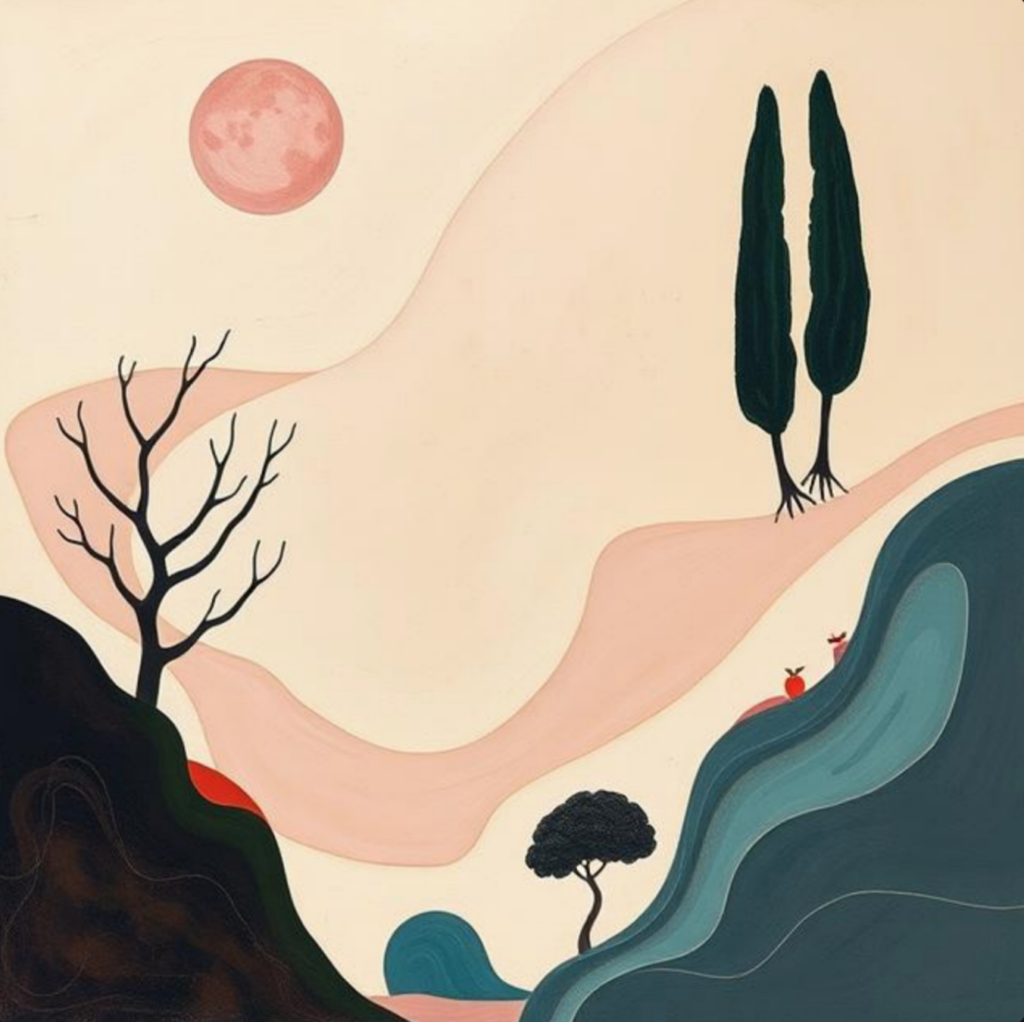
Embracing Flow for Enhanced Creativity
To unlock the full potential of your creativity, embracing the flow state is paramount. Remember to cultivate the right environment—design a space that fosters focus and minimizes distractions. Prepare your mind with pre-flow routines, like meditation or journaling, and ensure the challenge of your task aligns with your skill level. Setting clear, immediate, and achievable goals will be your guiding compass into the flow state, where heightened focus, enhanced creativity, and a sense of deep satisfaction thrive.
By understanding and applying these principles, you can tap into the flow state, opening doors to improved performance, emotional regulation, and overall well-being. Take the first step today: identify your Biological Prime Time, reduce distractions, and engage in activities that challenge and inspire you. As you practice entering the flow state, you’ll discover it does more than enhance creativity—it enriches your life with a deeper purpose and a profound sense of fulfillment.
FAQ
How can I ensure that my activity is not too challenging or too easy to enter a flow state?
To make sure your activity is just right for achieving a flow state, you need to find that perfect balance between the difficulty level and your skills. Here’s how to hit the sweet spot:
- Set your sights on clear goals, so you know exactly what you’re aiming for.
- Track your progress with immediate feedback—it’s like having a roadmap to flow.
- If the task feels like a breeze, ramp up the challenge. If it’s overwhelming, either sharpen your skills or tone down the difficulty.
- Stay focused by practicing mindfulness and minimizing distractions. A clutter-free mind is your flow state’s best friend.
What role does expertise play in achieving a creative flow state?
Expertise makes a big difference in achieving a creative flow state. As you gain experience, your brain develops specialized networks that streamline performance, allowing your creative flow to flourish effortlessly. This leads to a phenomenon called “transient hypofrontality,” where conscious control takes a back seat and processing becomes automatic. It’s as if your intuition flow takes over, seamlessly guiding the creative process. Think of it as your brain hitting a stride where creativity and efficiency align perfectly—a hallmark of Csikszentmihalyi’s concept of *flow and the psychology of discovery and invention*.
Can flow be experienced during activities that are not typically considered creative or enjoyable?
Absolutely! Flow doesn’t play favorites when it comes to activities. Whether you’re tackling something mundane or less-than-thrilling, achieving flow depends on finding the right mix of challenge and skills. Pair that with clear goals and immediate feedback, and voilà—you’re in the zone, no matter how uncreative or unenjoyable the task may seem.
How does the brain’s neural activity change when a person is in a creative flow state?
During a creative flow state, your brain does something pretty fascinating. While domain-specific regions (like the auditory area for musicians) ramp up their activity, the executive control areas in the frontal lobes tone it down. This phenomenon, known as “transient hypofrontality,” allows for a smooth and automatic flow of processing without interruptions from conscious control. It’s like your brain handing over the reins to your creative genius.

